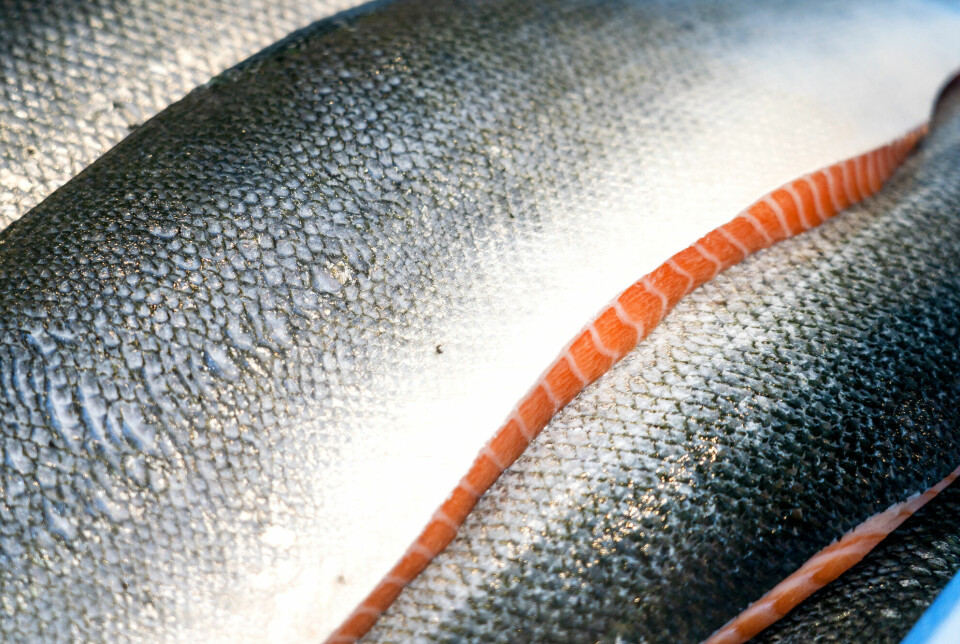
Significant genetic changes in wild salmon
A considerable amount of interbreeding between escaped farmed salmon and various wild salmon stocks has occurred. This could have serious repercussions for the salmon populations, as indicated in a new study.
The Norwegian Institute for Nature Research (NINA) and the Institute of Marine Research (IMR) have examined genetic changes in 250 salmon stocks. Together, these represent 95 per cent of all wild salmon in Norway, the Norwegian Broadcasting Corporation NRK reports.
The report reveals that significant genetic changes have been found in 31 per cent of the populations.
“The consequences for wild salmon are that interbreeding with farmed salmon makes them less adapted to nature. We have conducted several experiments and found that offspring of farmed salmon generally have lower survival rates,” says Kjetil Hindar, a senior researcher at NINA.
Most viewed
“We’ve also noticed changes in their traits; they grow faster in freshwater, migrate to the sea earlier, grow quicker in the ocean, and return to the rivers at a younger age. Their life cycle speeds up, resulting in them returning to the rivers as slightly smaller than wild salmon,” he explains.
Hindar believes that if wild salmon are to have a future, future salmon farming must shift towards closed containment systems.
“Wild salmon face many other threats. Being genetically less well adapted adds to the situation and makes it even worse. Over time, this will lead to fewer salmon,” he says.
———
Translated by Alette Bjordal Gjellesvik
Read the Norwegian version of this article on forskning.no






































